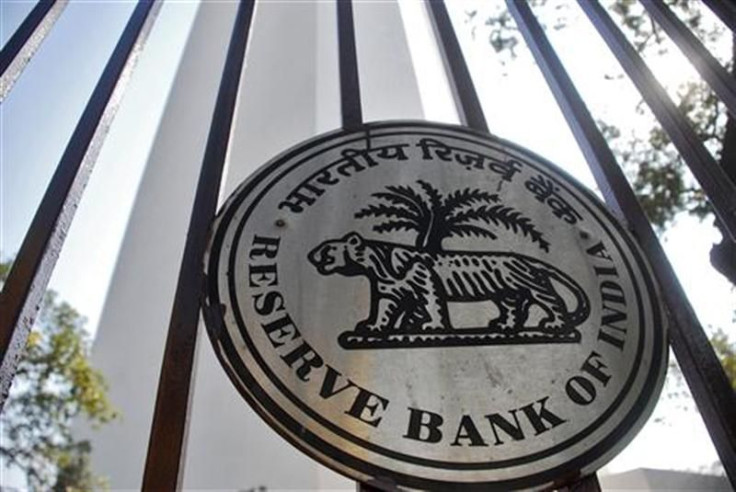India Cuts Main Interest Rate By 0.5% To Boost Growth

The Reserve Bank of India (RBI) surprised markets with a 50 basis point cut in the main interest rate, the first policy easing in three years, as focus turned to lifting lending controls and tackling a slowdown in the economy.
The central bank said Tuesday the repo rate will be slashed to 8 percent, which means that loans will get cheaper. From October 2011, the repo rate, the rate at which RBI lends to other banks, has remained at 8.5 percent.
The RBI had raised rates 13 times since March 2010 as it grappled with rising inflation. Tuesday's move is a clear indication that the current focus is on improving growth, not curbing inflation. Lower interest rates are needed to support the economy, which has showed signs of losing momentum in the past few months. India's economy grew 6.1 percent in the quarter ended Dec. 31, the slowest growth in nearly three years.
The reduction in the repo rate is based on an assessment of growth having slowed below its post-crisis trend rate which, in turn, is contributing to a moderation in core inflation, RBI said in a statement.
However, it must be emphasized that the deviation of growth from its trend is modest. At the same time, upside risks to inflation persist. These considerations inherently limit the space for further reduction in policy rates, it added. The central bank said its baseline expectation for GDP growth in the fiscal year that ends in March 2013 is 7.3 percent.
Evidence that inflation is moderating, though gradually, should have given the RBI scope to loosen monetary policy. The wholesale price index (WPI), the chief measure of inflation, declined to 6.89 percent in March. In March 2011, the WPI was 9.68 percent. Although inflation is likely to fall further in the coming months, it will probably remain relatively high owing to recent hikes in the price of railway tickets and indirect taxes. The RBI expects headline inflation to end this year at 6.5 percent.
A strategy to increase the economy's potential by focusing on these constraints is an imperative, RBI Governor D Subbarao said while addressing the media. He added that the RBI would take appropriate and proactive steps for restoring liquidity in the system.
The central bank held the banks' cash reserve ratio (CRR) at 4.75 percent. In March, the CRR, which is the portion of deposits that banks are required to keep with the central bank, was cut by 75 bps in an attempt to ease liquidity in the banking system.
© Copyright IBTimes 2024. All rights reserved.





















